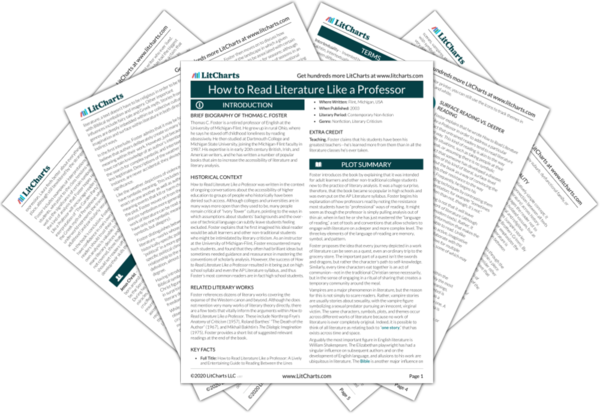Heart trouble doesn’t always have to be in the form of disease—in Nathanial Hawthorne’s “The Man of Adamant” (1837), a misanthropic man moves into a cave to escape society, and his heart eventually turns to stone. Meanwhile, the overly-emotional and romantic titular character of Joseph Conrad’s
Lord Jim (1900) is killed by being shot in the heart.
